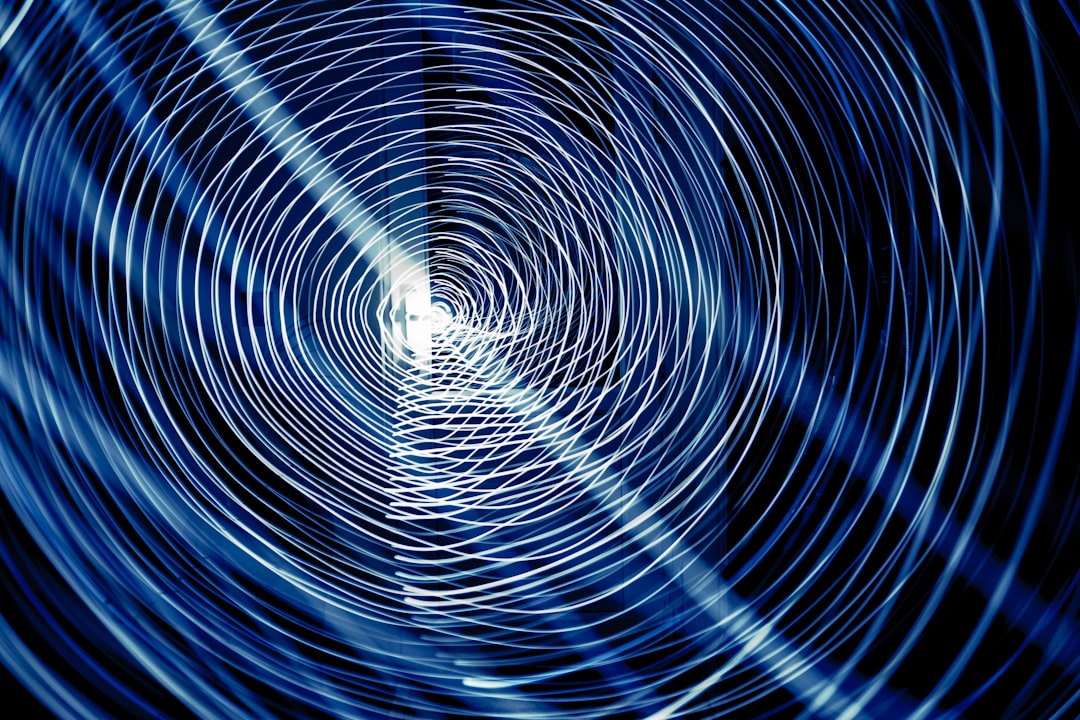What is it about?
In a significant breakthrough for structural engineering and earthquake safety, researchers have developed a cutting-edge artificial intelligence model capable of predicting the deterioration of base isolators in buildings with stunning accuracy. This pioneering study, harnessing the power of supervised machine learning, is poised to revolutionize how we maintain and repair structures in earthquake-prone areas. Base isolators, critical components in earthquake-resistant buildings, are known to reduce acceleration and control structural vibrations during seismic events. However, over time, these isolators can lose their damping capacity due to environmental factors and dynamic stresses. This deterioration poses a risk to the building's integrity during earthquakes, making timely maintenance and repair crucial. In response to this challenge, the research team has crafted an AI prediction model that accurately determines the damage and maintenance needs of isolators over time. By analyzing the behavior of single degree of freedom (SDOF) structures with varying stiffness, damping ratios, and natural periods, the model can estimate the damping capacity of isolators and detect any reduction in their effectiveness. The study involved creating a dataset from structures isolated from the foundation under far fault earthquakes. The data was categorized into five different damping classes, ranging from 10% to 50%. The machine learning model was then trained with this data, focusing on the structure's response to random seismic vibrations.
Featured Image

Photo by Muhammad Ahmad on Unsplash
Why is it important?
The results were astounding. The AI model successfully predicted the damping capacity of the isolator structures with more than 96% accuracy. This level of precision is a game-changer in detecting decreases in damping capacity and deciding on necessary maintenance. The research team utilized various supervised machine learning classification algorithms to achieve the highest precision. The performance loss of the isolators was determined class-wise, providing valuable insights into the reductions to be considered for each class. This breakthrough represents a significant leap forward in ensuring the safety and longevity of earthquake-resistant buildings. The use of AI in predicting the health of structural components like base isolators not only enhances safety but also offers a more efficient and accurate approach to building maintenance and repair in seismically active regions. The research team's findings are expected to have a wide-reaching impact, influencing building codes, construction practices, and maintenance schedules worldwide. As the threat of earthquakes continues to loom large over many parts of the world, this study offers a beacon of hope, demonstrating the incredible potential of AI in safeguarding our structures and, by extension, our lives.
Read the Original
This page is a summary of: Prediction of Damping Capacity Demand in Seismic Base Isolators via Machine Learning, Computer Modeling in Engineering & Sciences, January 2024, Computers, Materials and Continua (Tech Science Press),
DOI: 10.32604/cmes.2023.030418.
You can read the full text:
Contributors
The following have contributed to this page










